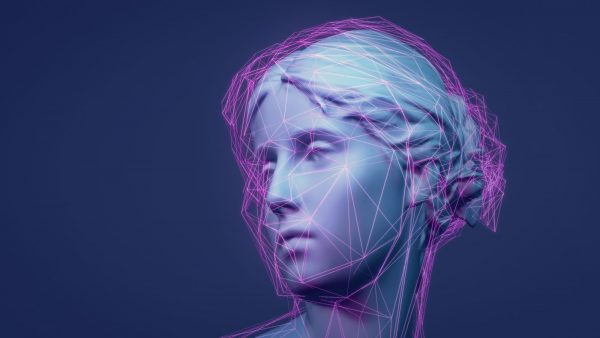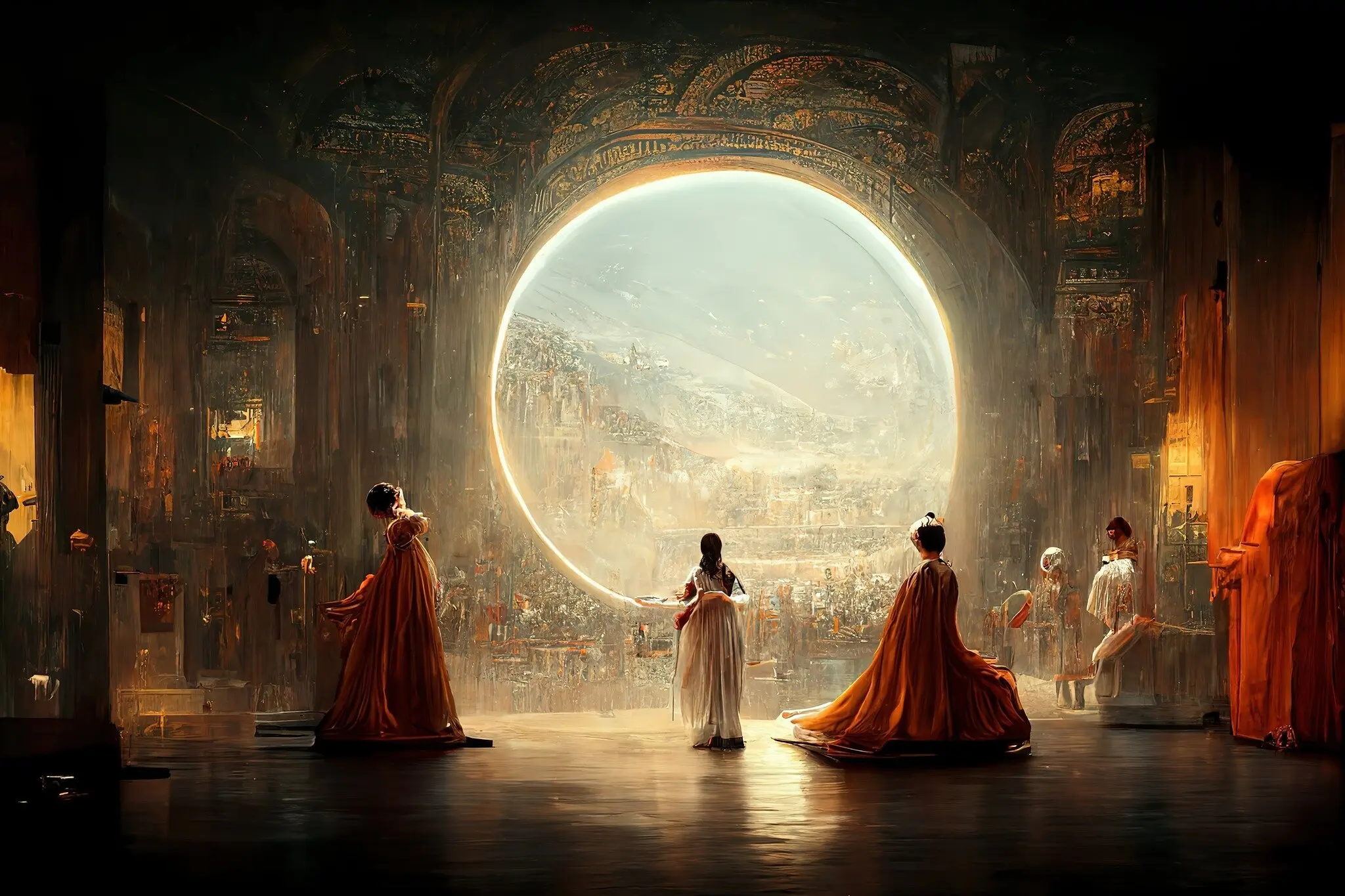
Although we rarely want to be defined by our mistakes, they often become critical points of self reflection and provide a foundation for an innovative imagination. Without a deeper understanding of our own perspectives, we cannot begin to distinguish between our world view, the complexities of our personal positions, and the larger assumptions we make that become the foundation of our reality. In this sense, mistakes and the reflective process we use, perspective taking we respond with, are foundational to problem solving in the liberal arts. With the right perspective, mistakes can become the moments that lead us toward creative solutions that transcend individual perception and to embrace the dynamic realities of interdisciplinary thinking.
Interdisciplinary perspective taking requires that we must be cognizant of the changes in definitions and assumptions between the academic discipline and how these become principle guidelines for thinking. While a definition for perception in the natural sciences may focus on the interpretation of sensory stimuli, perception in the fine arts may center around interpretation and subjectivity. Perception can be viewed as reality, and to focus only on an objective absolute truth ignores the importance of the socio-political and cultural components of interdisciplinary thinking and its perceptual framework.
Perception can be viewed as reality, and to focus only on an objective absolute truth ignores the importance of the socio-political and cultural components of interdisciplinary thinking and its perceptual framework.
To further our perspective, and use to it as a means for problem solving, we also need to consider how different perspectives define a problem. How do we define what is right and what is wrong? What assumptions do we make in identifying issues? Is there a difference between mistakes and learning opportunities? In turn, what shifts in perspective can transform a mistake into a reflective and imaginative opportunity? Just as researchers often approach a problem with knowledgeable ignorance to find gaps in existing scholarship, mistakes can lead us to realizations that further our understanding of the structures of our shared reality.
In academic scholarship, it can be tempting to dismiss our personal perceptions for seemingly more rational interpretations or established truths. However, objective truth does not take advantage of dynamic perspectives and the realities they speak to. These ideas have been fundamental to schools of thought in the liberal arts across the centuries. In 1945, Maurice Marleau-Ponty published his major theoretical text Phenomenology of Perception. Based in psychology, neurology, and the criticisms of empiricism, Marleau asserted that our knowledge of the world is inevitably based on our experiences and, in turn, meaning is applied to the perceptual objects.
Within the liberal arts, this theory is particularly interesting in art and art history which focuses on the object and its perception, while assuming that the interpretation is inherently subjective. However, if art is subjective and reliant on our perception, what room does this leave for mistakes? As contemporary art continues to push the bounds of artistry, materiality, the concept of universal aesthetics, many debates around the definition of art remain more objective and become points of dissonance.
Take for example, the first place winner of the 2022 Annual Colorado State Fair’s Art Competition. Last September, Jason Allen submitted three printed canvas works to the competition, including his winning piece, Théâtre D'opéra Spatial. The championed composition depicts a glittering room that is reminiscent of ornate baroque halls, with a sci-fi twist, as the scene opens up into a circular awning rimmed with glowing light. Four women gaze out, backs to canvas, over a cavernous chamber seemingly full of intricate trinkets and mysterious luxuries. A haunting image that melds the romantic aesthetics of both the past and future, becomes more eerie given the context of the work’s creation, which could change the trajectory of art.

At the time of his award the judges were unaware that Allen had used an A.I. image generator, Midjourney, to produce the work. Technically speaking, this is not against competition guidelines, which include the use of digital technology in the creative process. Once Allen posted his prized image online, the work gained viral attention, with many admonishing the use of A.I. image generation. Later, the judges stated that although they were unaware of the A.I. technology used, they nevertheless would have awarded Allen the prize for the story and spirit that the piece conveys. For the judges, the controversy the artistic piece sparked speaks to its larger artistic merits.
Of course, there are multiple perspectives to take on this situation. As someone who has spent the majority of their undergraduate career studying art and art history, I initially bristled at this award, and generally opposed the use of A.I. art, both out of fear for the mechanization of art and in defense of the countless artists who have had their work appropriated into databases that A.I. programs pull from. However, after reading the judges’ statement justifying their award, I began to think about the perceptual frameworks that could be applied to this situation.
First I have to acknowledge that I perceived that the judges made a critical mistake, failing to notice that this piece is A.I. generated. Anyone who has read one of the countless articles identifying common features of A.I. art could spot the telling anomalies in the image. Upon closer inspection, the grandiose hall becomes an architectural nightmare, with suggested vaulted arches that evade even the most complex gothic cathedrals. The spatial organization of the work is interrupted by the central women in white, who appear to both be gazing across the hall while simultaneously leaning against the far ledge of the awning. Many of the intricate objects in the scene blur together, which initially creates an air of opulence, but under criticism becomes messy and nonsensical, indicating a lack of logical human organization.
Despite these obvious tells, the judge's perspective on the reaction turned this instance from being an awkward error in art criticism, to one that affected the history of art and trajectory of A.I. image generation, in a true interdisciplinary melding of art and science. From a more contemporary art history perspective, the inclusion of Théâtre D'opéra Spatial, reappropriated the postmodern approach to art with post-structuralist thinking on authorship and artistry, taking the concept of the “death of the artist” to new extremes. This phenomena also continues to push the boundaries of the definition of art, which has been the heartbeat of major art movements since Duchamp’s Fountain.
With a studio art perspective, this situation raises even more imaginative reactions. After his award, Allen described his creative process. Using Midjourney and a text description, he generated over 900 images, which he personally narrowed down to his three favorites. He then made final adjustments in Photoshop and entered the works into the State Fair. When focusing on the artistic process, rather than the finished product, as the Fluxus movement of the 60s and 70s did, Théâtre D'opéra Spatial takes on a fascinating perspective related to our current inundation of digital images. Almost everyone in my generation is intimately familiar with scrolling through hundreds of like images to find the exact shot to add to a closely curated Instagram, which, intentionally or not, Allen mimics in his process.
While I still believe the judges may have made an initial error in not recognizing the A.I. process in Théâtre D'opéra Spatial, this situation is the epitome of the mistakes we make and the errors that make us. Instead of a mistake, last year's Colorado State Fair’s Art Competition became a viral sensation that pushed the bounds of art. And whether we like it or not, this “error” has become a defining moment. Although there are many more perspectives that take into account the ethical, political and economic implications of A.I. art, there are just as many imaginative reactions. From performance art interpretations on the artistic process, to reactionary pieces that could emulate A.I. idiosyncrasies with handmake techniques, or the consideration of A.I. as a separate but valid artistic medium, the possibilities are endless. All it takes is a shift in perspective and a new perception to find more imaginative solutions to what many are calling the death of art.
Wren Bridgwater ('23) is a senior interdisciplinary liberal arts major.
